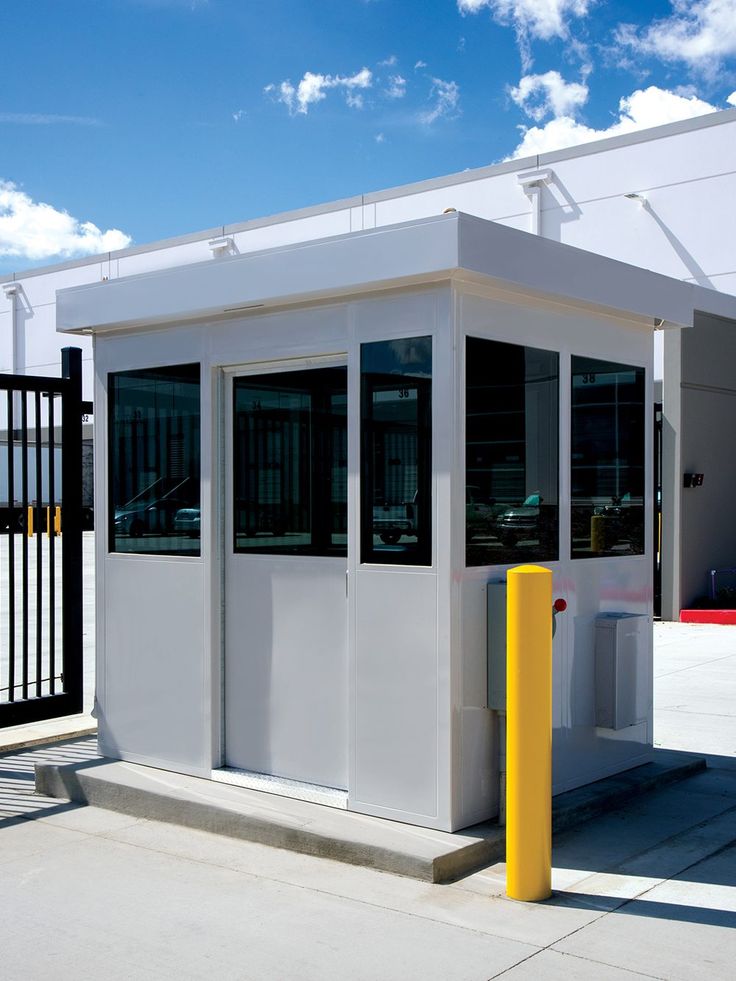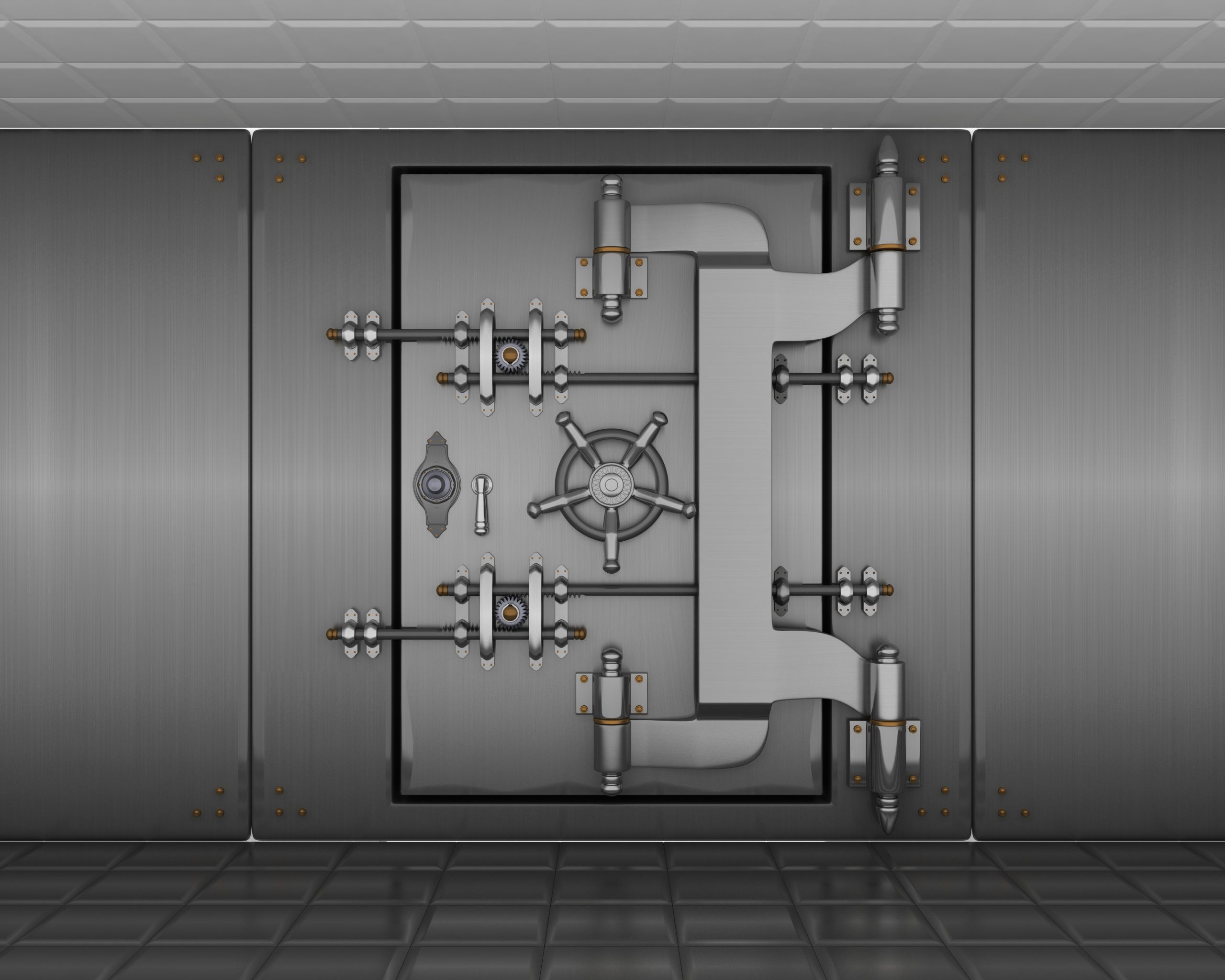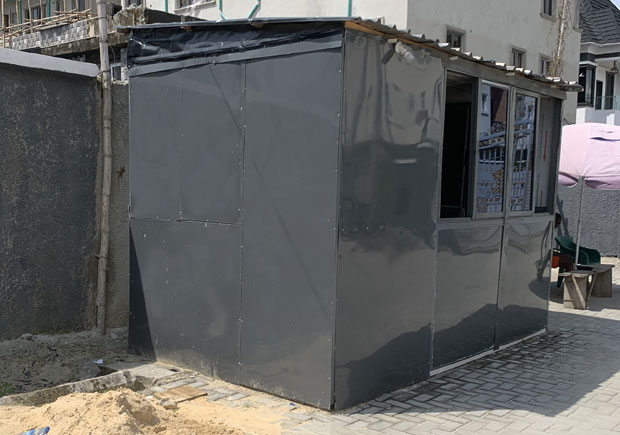Security kiosks are small, enclosed booths used by security personnel to control access to a facility or area. They typically serve as checkpoints where guards can control entry and exit points and respond to security concerns. This makes them crucial in ensuring the safety and security of various facilities and environments. Therefore, knowing key placements for a security kiosk is vital for maximizing effectiveness, monitoring traffic, and ensuring swift response to incidents.
With that said, here are 7 important placements for a security kiosk that will ensure optimal security coverage.
1. Main Entrances/Gates:
Main entrances are the first point of contact for anyone entering a facility, making them crucial spots for a security kiosk. This placement allows security personnel to not only conveniently monitor all incoming and outgoing traffic but also verify identities and manage visitor access. In other words, placing a security kiosk here helps control access to the premises, deters unauthorized entry, and allows for the collection of visitor information.
2. Parking Lots:
Parking areas are usually vulnerable to theft, vandalism, and other criminal activities. Placing a security kiosk here makes it easier for security guards to monitor vehicle access, ensure the safety of parked vehicles, and provide assistance to visitors. Thus reducing car theft and vandalism and enhancing overall safety.
3. Construction Sites:
Construction sites are often large, open areas with valuable equipment, materials, and sensitive work zones. They can be targets for theft, vandalism, and unauthorized access, especially after hours. A security kiosk at the entrance or perimeter of these sites ensures that only authorized personnel, such as workers and delivery drivers, are allowed on the premises.
4. Loading Docks/Service Entrances:
Loading docks and service entrances are often overlooked but can be vulnerable entry points. Since they are areas through which goods are delivered and moved about, they require proper security to ensure the safety of goods. Therefore, a security kiosk in these areas will help monitor deliveries, ensure that only authorized personnel have access, and prevent theft of goods.
5. Restricted Areas:
Facilities with sensitive or critical infrastructure, such as data centers, laboratories, or utility rooms, require heightened security. Placing a kiosk near these areas ensures that only authorized personnel can gain access and any suspicious activity can be quickly addressed. Additionally, it will help protect vital assets and prevent sabotage or unauthorized tampering.
6. High Traffic Zones:
In locations where large crowds gather, such as malls, airports, stadiums, concert venues, or convention centers, a security kiosk is essential. These areas experience high foot traffic and are potential targets for crowd-related incidents or threats. As a result, security kiosks are necessary for not only easy crowd management and control but also for monitoring potential security risks. In addition, they ensure that security personnel are able to respond and assist swiftly in emergency situations.
7. Estate Entrances:
Estate entrances are the primary access points to residential communities or private residences. Placing a security kiosk here allows for the monitoring of all vehicles and pedestrians entering the estate. It also helps in ensuring that only authorized individuals gain access to the community. This therefore enhances the safety of residents, controls access to the estate, and also provides a visible security presence that deters potential intruders.
In essence, strategically placing security kiosks in these key areas significantly enhances the overall security of a facility. By considering the unique needs of each location, organizations can ensure they provide a safe environment for employees, visitors, as well as assets. Therefore, effective placement of security kiosks not only deters criminal activity but also ensures rapid response in case of an emergency, making them an essential part of any comprehensive security strategy.
With this in mind, it is safe to say that most businesses and individuals need a security kiosk.
Here at Redcity, we construct affordable modular security kiosks from scratch typically within days. Our security kiosks are not only built to last; they are also easy to transport. They can also be custom-built to include communication tools, security cameras, barricades, and other access control systems. We deliver globally to private individuals, businesses, and security companies. Request a quote here to get started.You can also discover many of our other products and services here and visit our blog here to check out more enlightening news and updates. Feel free to visit our newly launched YouTube channel here to check out more exciting content. And follow us on Instagram @redcityestate for any important announcements.
Did you find “7 important placements for a security kiosk” helpful? Comment below.



